
1889 - 1952
David Kakabadze
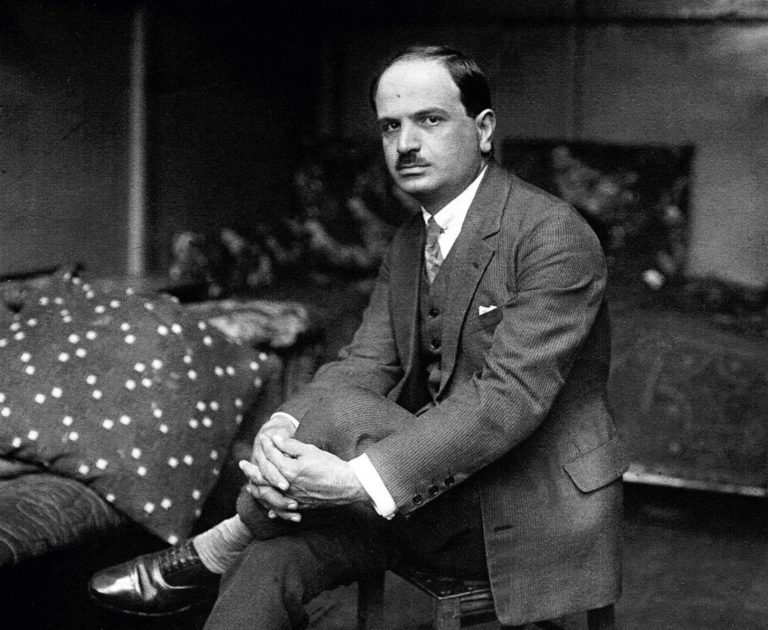
description
A Georgian artist, graphic artist and master of scenography, as well as an art historian, inventor and teacher. David Kakabadze was an innovator not only in the field of fine arts but also in cinematography, who patented a film apparatus for volumetric shooting. His work is characterized by love for various European modern trends and by both a commitment to national themes and traditions and a distinctive interpretation of avant-garde art movements of the 20th century. The painter left a rich artistic legacy. The largest collection of his paintings belongs to the national museums and galleries of Georgia.
Key ideas:
– Art historians note that the works of Kakabadze distinguished by expressive decorativeness, are characterized by a harmonious combination of clearly limited planes of bright colors, accuracy, and even the rigor of the picture.
– The artist’s work, full of paradoxes (his character was also controversial), has many Georgian landscapes. They are always amazingly woven from highlighted squares surrounded by a dark line – the master used this clear outline like in the still life genre when painting landscapes. The method became an exclusive and unmistakably recognizable manner of his painting in the first Imereti landscapes.
– Returning to the theme of landscapes of Imereti in his mature period, the master noticed and displayed signs of industrialization. The composition of the painting with majestic and motley mountains includes, for example, not the ruins of the fortress, as it was in his early paintings, but the silhouette of a power plant.
– During a long stay in Paris, David Kakabadze was carried away by “subjectless paintings” and experimented a lot on painting technique. He explained his theories in two works – “On a constructive picture” and “Art and space”, which were published in Paris in French and Georgian in 1922 and 1925, respectively.
– Becoming interested in Cubism, Kakabadze polemicized with representatives of this art movement, arguing, in particular, “only a dynamic curved line is able to embody “the spirit of machinism”, characteristic of modernity”. The Georgian artist even gave several lectures in Paris on his techniques and on various aspects of the fine art.
– In his works, both pictorial and graphic, Kakabadze successfully combined art nouveau with more avant-garde techniques, and this became a variant of his style – a kind of bridge-transition from Cubism and Futurism to art called abstract and kinetic. The artist, for example, introduced mirrors, shiny metals and lenses into his own collage work, striving for the effect of the “work” of internal light, which, in his opinion, a painting should emit.
– Designing theatricals for the innovative theater of K. A. Marjanishvili, Kakabadze proved himself to be able to use the stage space in an original way, and the scenery itself was light and simple. They reflected fashionable art movements of the century – Abstractionism and the desire for decorativeness. However, with a change of the situation in the country, the artist had to move to a style close to realism.
– In addition to fine art and numerous works for the theater, the widely educated artist was recognized as one of the “pioneers” of stereo shooting. In 1923, D. Kakabadze constructed a film camera, which gave an illusion of a three-dimensional image and patented it. The artist thus became one of the pioneers of a three-dimensional cinema, which is now called 3D.
1889
1910 - 1915
1914
1916
1919
1919 - 1927
1923
1927
1930
1940
1952
The artist was born
He studied at the Faculty of Natural Sciences of St. Petersburg University

He became the organizer of the small creative group "Intimate workshop of artists and draftsmen"

He became a member of the newly formed Society of Georgian Artists

Took part in a show organized by the Society of young artists

He lived in France

Patented the film camera for shooting stereo images
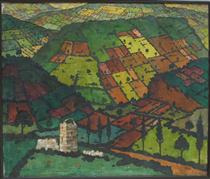
He taught as a professor at the Tiflis (later Tbilisi) Academy of Arts

He filmed the documentary “Old Monuments of Georgia”
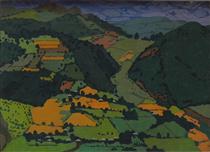
He was dismissed from the Academy
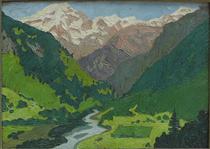
He died on 10 May in Tbilisi
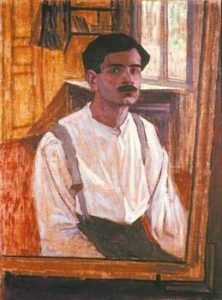
David Kakabadze
On Artist
flow
Cubism
Abstractionism
friends
Lado Gudiashvili
Shalva Kikodze
Vera Pagawa
Elena Dmitrievna Akhvlediani
artists
Lev Evgrafovich Dmitriev-Caucasian
Niko Pirosmani
Pablo Picasso
Maurice Utrillo
Mikhail Larionov
Natalya Goncharova
Fernand Leger
By Artist
flow
Modern
friends
Lado Gudiashvili
Shalva Kikodze
artists
Karl Kukuladze
